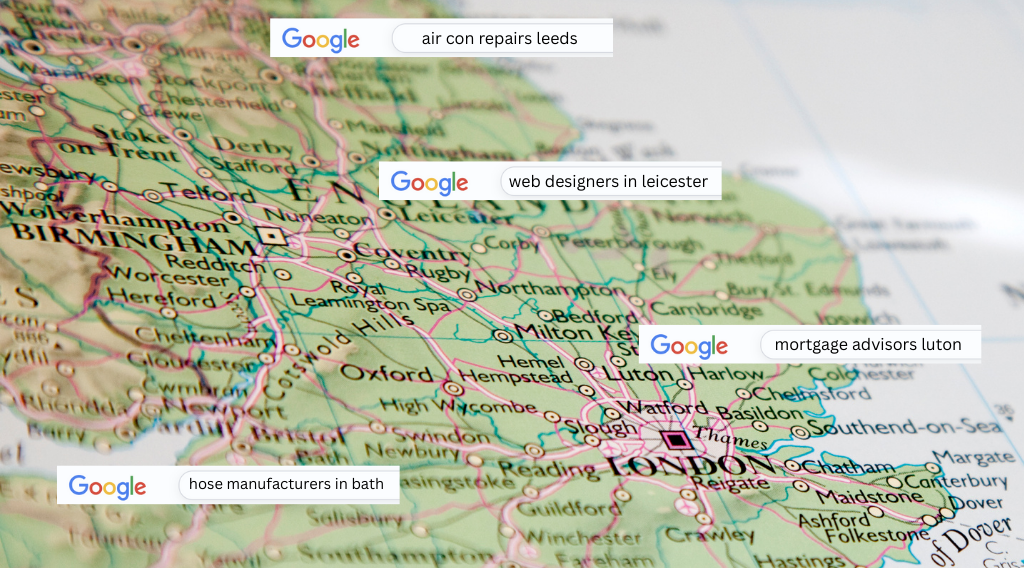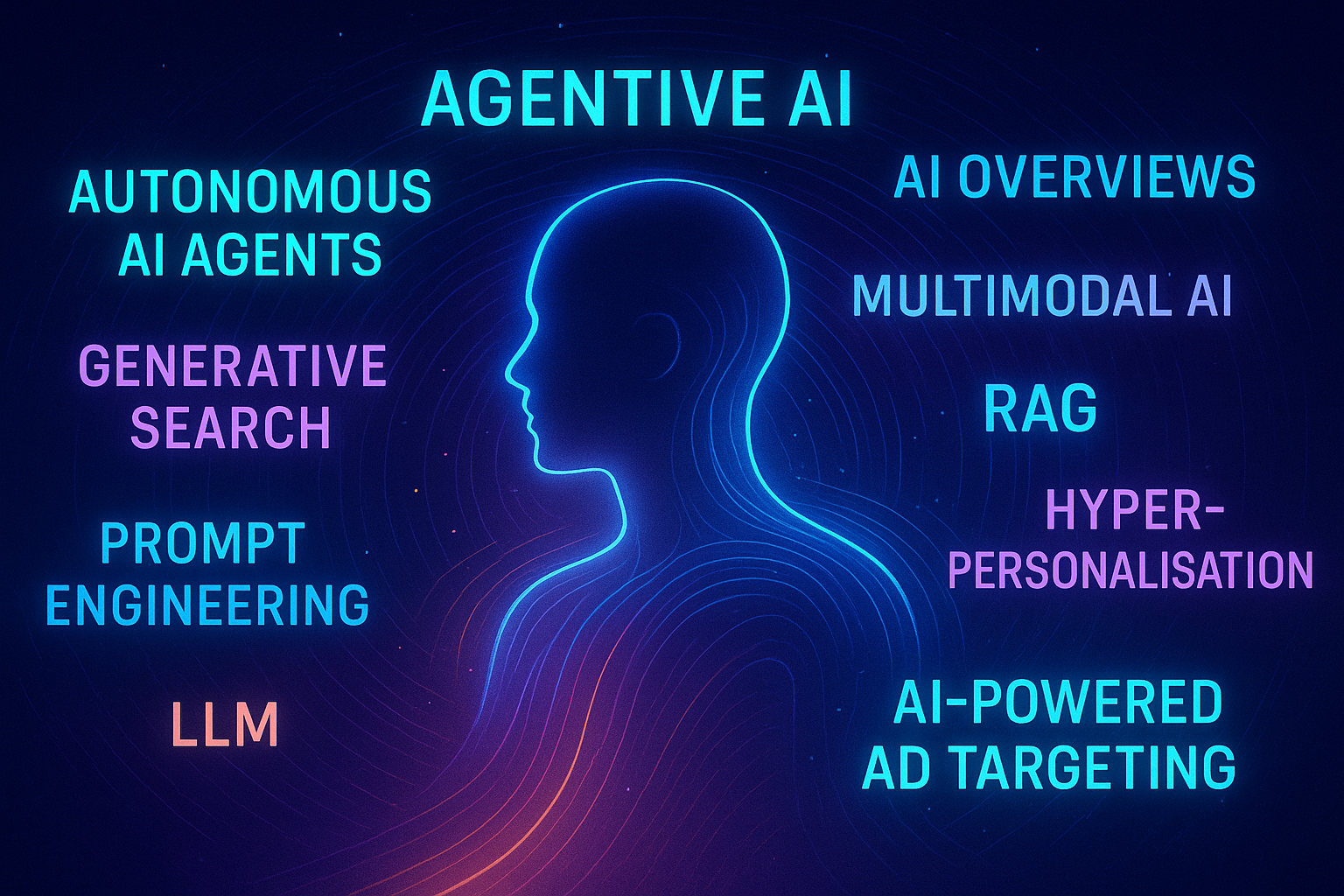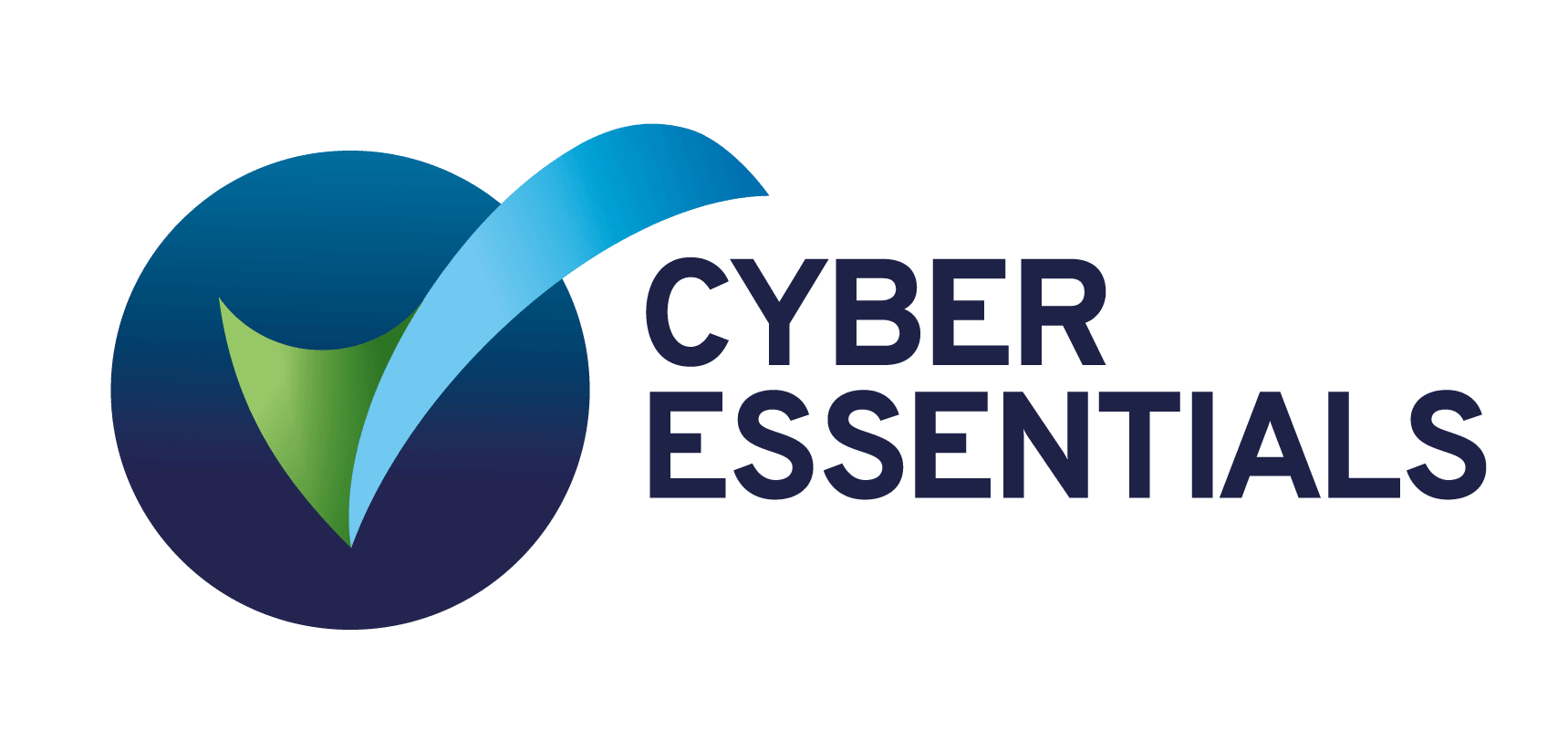Can Understanding Your Customers Help You Achieve Your Business Goals?
Can Understanding Your Customers Help You Achieve Your Business Goals?
Understanding your customers helps refine products, improve sales, and increase profitability. Many businesses rely on assumptions instead of real insights. This article explores customer needs, misconceptions, and practical steps to align your offerings with what customers truly want.
Unlocking Business Success: Why Understanding Your Customers Matters
Many businesses focus on sales and operations but overlook their most valuable asset—their customers. Without understanding your audience, growth, profitability, and efficiency suffer.
We've spoken with thousands of business owners, and a common trend emerges—many rely on assumptions rather than real insights. Some believe they already know their customers, while others think research is costly or unnecessary.
This article explores why customer insights matter, their benefits, and how to align your products and services with customer needs.

1. Why Customer Insights Are Essential for Success
Businesses often focus on what they sell rather than who they are selling to. Without a clear understanding of customer needs, marketing misses the mark, sales efforts struggle, and opportunities are lost.
Knowing your audience allows you to:
✔ Align your products and services with real customer needs.
✔ Improve customer retention and loyalty.
✔ Make smarter, data-driven decisions.
Successful businesses don’t just serve customers—they understand them.
2. The 7 Biggest Benefits of Understanding Your Customers
1. Presenting Your Products and Services as Solutions
Understanding your customers' needs allows you to position your products as solutions, addressing their challenges rather than just listing features or benefits.
2. Stronger Customer Loyalty and Retention
Happy customers trust your brand, buy more often, refer others, and stay loyal for the long term.
3. Higher Profitability
Understanding value perception allows businesses to set premium pricing, improve margins, and reduce price-driven competition.
4. Better Sales Conversations and Conversions
Knowing customer fears and motivations helps overcome objections and close more deals with less effort.
5. Smarter Business Decisions
Customer insights shape better product development, pricing strategies, and overall business direction.
6. Competitive Advantage
Knowing your customers better than competitors allows you to position your brand as the best choice.
7. Long-Term Business Stability
Adapting to changing customer needs keeps your business relevant, resilient, and successful over time.
How to Identify and Understand Your Customers
Businesses that rely on assumptions often struggle to attract and retain the right customers. Here’s a structured approach to gaining valuable insights:
1. Define Your Ideal Customer
Identify who benefits most from your product or service based on demographics, behaviour, and past buying patterns.
2. Talk to Your Customers
Engage with customers through surveys, interviews, and feedback forms to uncover their real needs, frustrations, and desires.
3. Analyse Customer Behaviour
Review website traffic, sales data, and engagement trends to identify what drives customer decisions and purchases.
4. Identify Buying Fears and Objections
Recognise the concerns that stop potential customers from buying and proactively address them in your sales and marketing efforts.
5. Focus on Customer Outcomes, Not Features
Customers want solutions, not just products. Show them how you help them save time, money, or effort.
6. Segment Your Customers for Better Targeting
Group customers based on shared characteristics, preferences, or buying behaviour for more relevant marketing messages.
7. Present Your Products and Services in the Right Context
Once you understand your customers' needs and challenges, ensure your offerings are positioned as solutions. Don’t just present what you sell—explain how it solves problems, removes obstacles, and delivers the results they want.
8. Continuously Adapt and Improve
Customer needs change over time. Regularly review feedback and market trends to refine your approach.
Aligning Your Offerings with Customer Needs
Understanding your customers is only the first step. To unlock business success, you must ensure your products or services directly address their needs, challenges, and desired outcomes.
Present Your Offerings as Solutions, Not Just Products
- Customers don’t buy products—they buy solutions to their problems.
- Highlight how your offering solves specific challenges they face.
- Show how it removes obstacles, saves time, or improves their business or life.
Refine Your Products and Services Based on Customer Needs
- Identify features or services that are most valued and emphasise them.
- Adjust or refine offerings to better meet demand.
- If needed, reposition your product to highlight key benefits that matter most.
Make It Easy for Customers to Choose You
- Address common concerns or objections upfront in your sales process.
- Ensure your offerings are structured clearly, making it obvious how they meet customer needs.
- Focus on the end result—help customers see the value of your solution in their terms.
When your offerings align with what customers truly want and need, they become more compelling, leading to higher engagement, conversions, and long-term success.

5. The 8 Misconceptions That Hold Businesses Back
Many business owners unknowingly limit their potential due to false beliefs about their customers. Here are the most common ones:
- “I already know my customers.”
Businesses relying on assumptions instead of data miss critical insights and opportunities.
2. “My product/service is for everyone.”
Trying to appeal to everyone weakens your messaging and reduces its impact.
3. “Customer research is too expensive or time-consuming.”
Simple conversations, surveys, and data analysis can reveal valuable insights at little or no cost.
4. “Focusing on customers means lowering prices.”
Understanding customer needs helps position value, allowing businesses to charge more, not less.
5. “Customers don’t know what they want.”
They may not articulate their needs, but behaviour patterns and feedback reveal key insights.
6. “I don’t need to change what’s working.”
Markets evolve, and businesses that don’t adapt risk falling behind.
7. “Customers only care about price.”
Price matters, but trust, service, and convenience often influence buying decisions more.
8. “If my product is good, people will come.”
Even the best products need clear positioning and strong marketing.
Final Thought: Customer Insights Unlock Business Success
When you align your business with customer needs, you unlock its full potential.
















